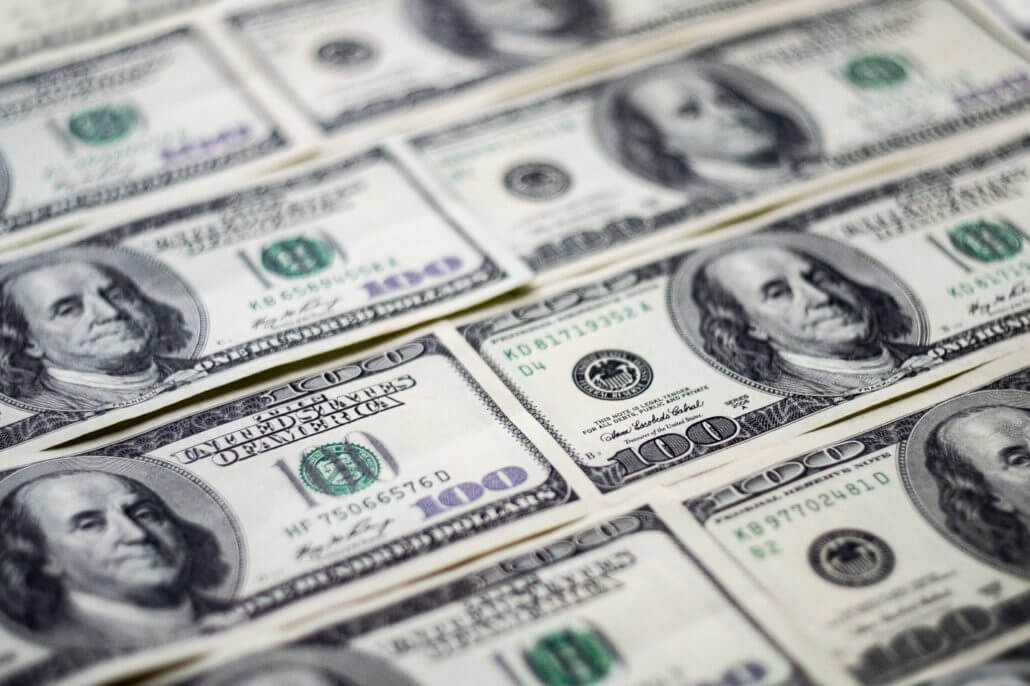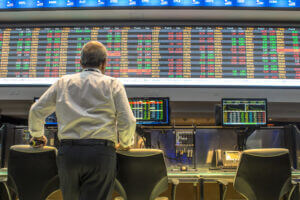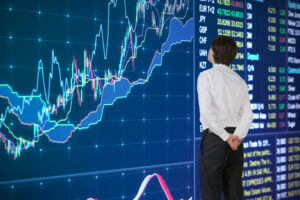A rising U.S. dollar, according to experts, is the most apparent harbinger of a receding money tide. Moreover, it means an abrupt slowdown in the global economy for the rest of 2021. Disruptions from additional COVID pressures, severe commodities and labor supply constraints, fuel price, squeezes, power outages, decreasing credit growth, and the steady withdrawal of central bank cash have sapped the post-pandemic recovery’s impetus.
Global economic data surprises turned negative in August. It continued to fall short of estimates at a rate not seen before 2020. This forced some banks to lower growth projections. Even though these have been modest thus far, HSBC reduced global GDP predictions for this year and next. They predict the growth to virtually halve to as little as 3.0 percent by 2023.
Aggregate bond borrowing rates have risen from historic lows, recouping around half of the fall from pre-shock levels. And global equities had had their first negative quarter since the first three months of 2020 when COVID first appeared.
Dollar and Other Currencies
On the other hand, the dollar is gaining ground across the board. It rose over 5% against major foreign currencies since June. It is reaching its highest levels since 2021 against the euro, yen, and sterling. Such dollar spikes are frequently both a reflection and an amplifier of financial stress, and they tend to snowball.
Consensus polling from the beginning of the year, or even a month ago, indicates that this was not meant to be. Median projections for a continuous deterioration will last until August. Nonetheless, experts believe that global credit expansion and liquidity are the primary drivers of all asset values. These include Citi’s Matt King and Michael Howell’s CrossBorder Capital, which have been sounding the alarm since early summer.
Tricky Adjustment
Notably for the dollar, since September’s very hawkish Fed meeting, U.S. actual rate rates have outpaced the rest of the world. This masked longer-term market inflation expectations that might undermine the greenback. Another factor is China’s slowing economy. China’s policy emphasis on ‘stability’ over ‘growth,’ concerning property industry and local government indebtedness, and the jolting of investor’s nerves amid a series of regulatory crackdowns.
In a stressed financial climate, a combination of growing U.S. real rate premia and a demand for dollar currency could push it substantially higher by year’s end as the Fed prepares to begin reducing its bond-buying spree.
That combination of rising actual rates and a rising dollar is poisonous for non-US borrowers who have amassed large amounts of dollar debt. Much of which was incurred after the pandemic hit and will need to be refinanced over the next two years.










